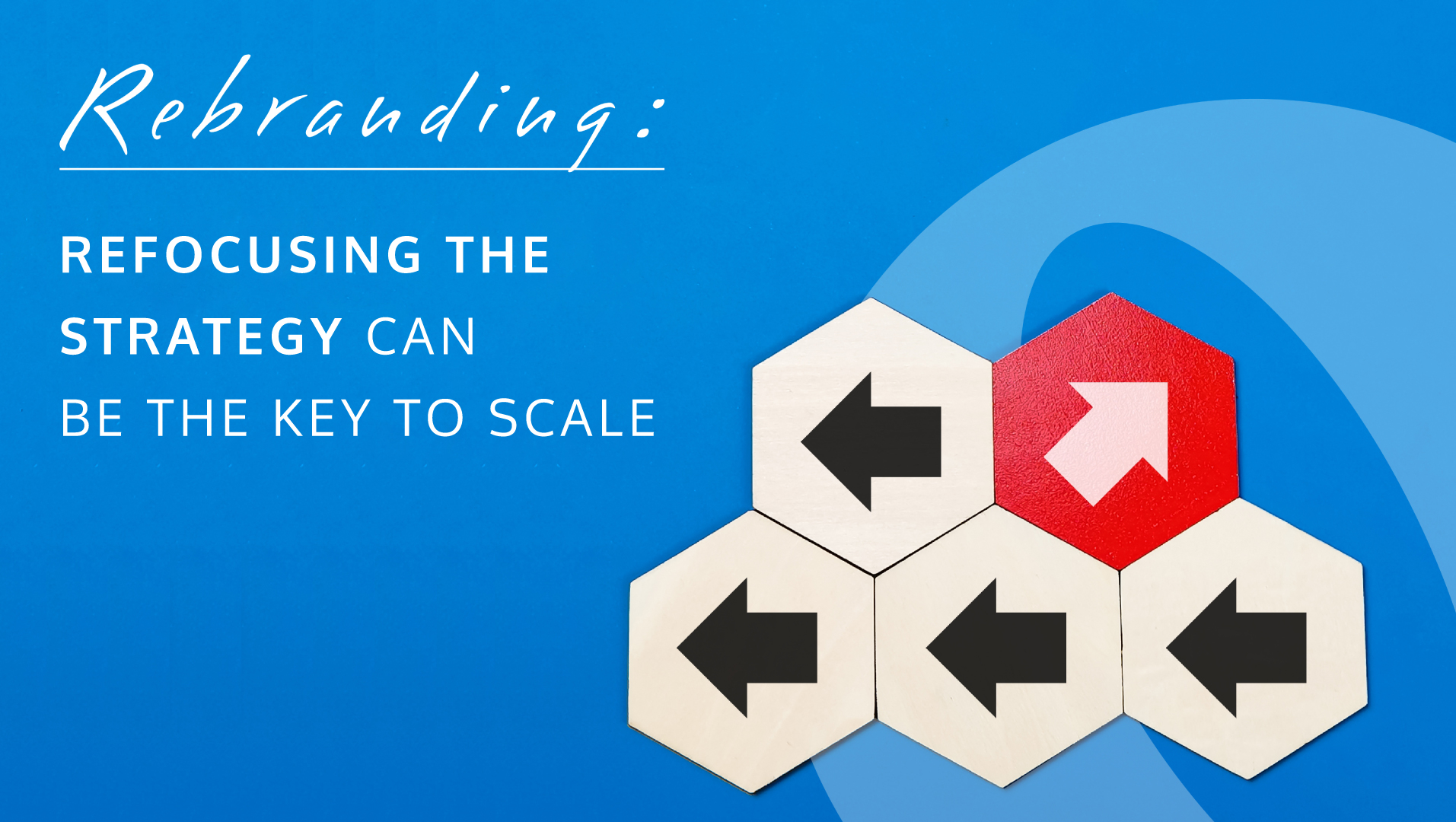
Rebranding is a process of redefining a brand from different perspectives to position it in the market and continue to grow. This can be necessary in the face of changes such as a change in company leadership, the launch of a new product, expansion into a new market, or the adoption of new corporate values.
In today’s constantly changing corporate world, where adaptability is key to survival, rebranding can help companies refocus their plans at the right time to continue making an impact. One of the most memorable examples of rebranding is Apple’s ‘Think Different’ campaign in the mid-1990s, which helped the company avoid bankruptcy by redefining its brand to appeal to a younger, tech-savvy audience.
The marketing industry, like many others, is facing a revolution due to the rapid technological disruption that has changed the way consumers interact with brands. As a result, companies are forced to do things differently in order to remain competitive. In this context, rebranding is essential for promoting a dynamic and active organizational culture that is open to change.
With the rise of different communication channels, brands are challenged to insert themselves into these discussions and often need to rethink the ways in which they communicate to remain relevant and meet audience expectations. This involves understanding the characteristics of the channels on which consumers are engaging with products and services and determining whether a presence on those channels makes sense for the brand.
Nowadays, stabilizing static and not taking corrective measures on time can compromise the future of business, so rebranding is essential to promote a more dynamic, active organizational culture that is open to upcoming changes.
And inevitably these transformations in the interaction between consumers and brands will be further defined in the years to come by digitalization, as people spend more time with their devices and are exposed to transacting with the products and services of companies almost in real time, according to a PwC report.
This will cause the global advertising market to reach US$1 billion by 2026 and internet marketing specifically could reach US$723.6 millions that year after growing at a CAGR of 9.1%, according to that report.
Rethink brands to scale
Rebranding not only appears when communication with consumers stagnates and it is necessary to reformulate the strategy in a profound sense, but it also helps brands to navigate through the new channels that have an impact in the world of marketing.
With the growth of different communication channels, brands are challenged to insert themselves into these discussions and often need to rethink the ways in which they communicate in order not to lose validity and meet audience expectations, considering not only the current customer base, but also potential consumers.
And how can they achieve it? First, understanding the characteristics of the channels in which users are consuming the products and services in the sector in which they compete, to then identify whether it makes sense for the brand to have a presence there and what it would gain from doing so.
For example, for a virtual store it might not make much sense to be present on TikTok, but on the other hand, it could make a difference to make the pertinent efforts and changes to be able to have chat bots that respond in a personalized way to your customers’ questions on WhatsApp.
Rebranding processes have also helped many companies that launched products or services in a new market or category to pursue new audiences. In this process, brands focus on rethinking their visual concept, their advertising messages and even their name in order to fit more assertively, for example, in a country with a different language and culture where original concepts may not be be so clear, while they manage to position themselves and build their local history.
Likewise, rebranding is useful when companies carry out businesses related to mergers and acquisitions, in which new companies can be born that must adopt the values and principles of the two or more organizations, which implies bringing together a new logo and message and the concepts that will guide the north of the firm.
The depth of the changes that were adopted in a rebranding process will depend on many factors, but essentially each company must ask itself if what it requires is a reformulation of the product or strategy, or simply an update that allows it to align the objectives again to maintain sustained growth over time.
The key is to understand that the market is in constant movement and that at this juncture agility is essential to stabilize the top of mind of consumers, who expect brands to adapt at their speed to the new consumer trends, to represent them and are committed to fulfilling their values. But when this does not happen, it is surely time to start a process of rebranding before succumbing to statism.
WANT TO RECEIVE IDEAS
to Scale DIRECTLY IN YOUR INBOX?
TAKE THE next step Just say hello and we will take ir from there
Thanks for your message! We’ll be in touch soon.